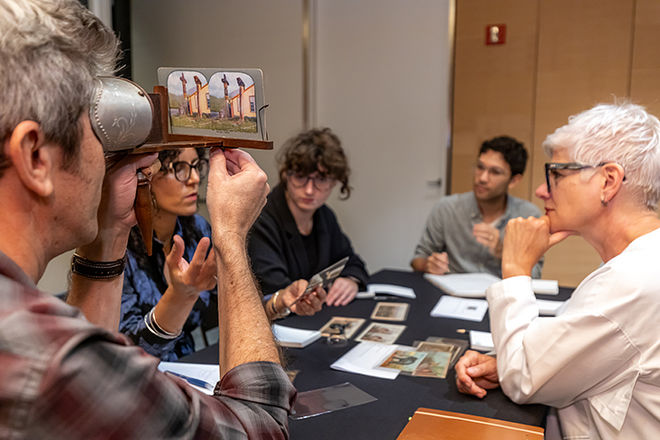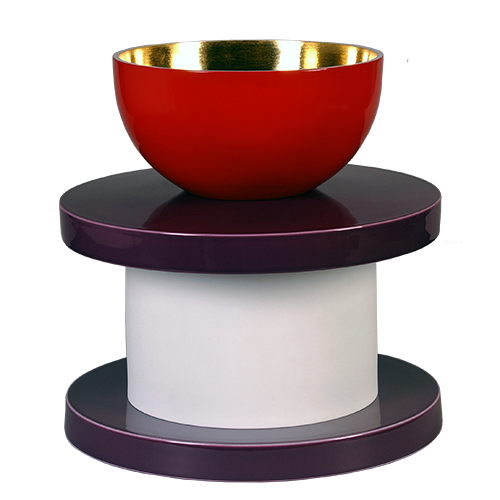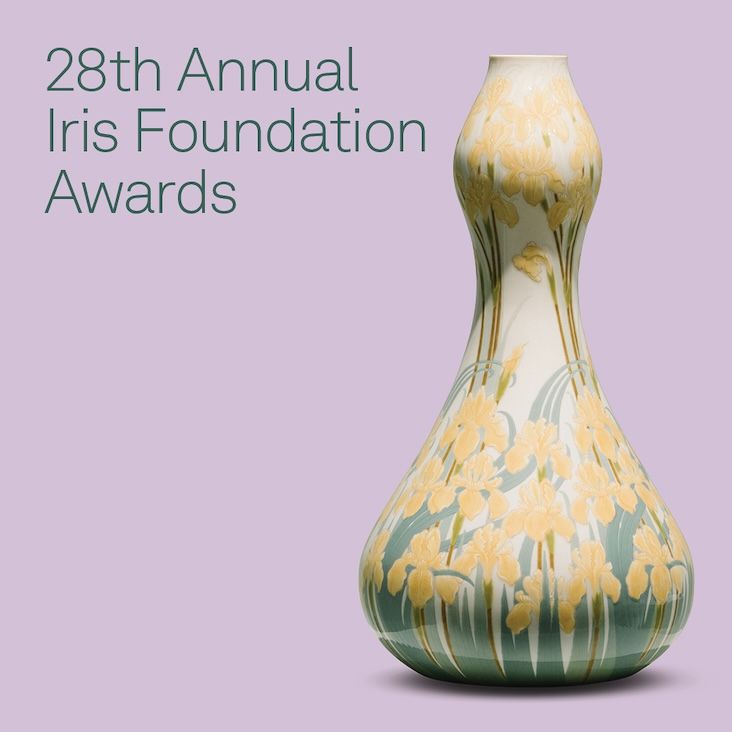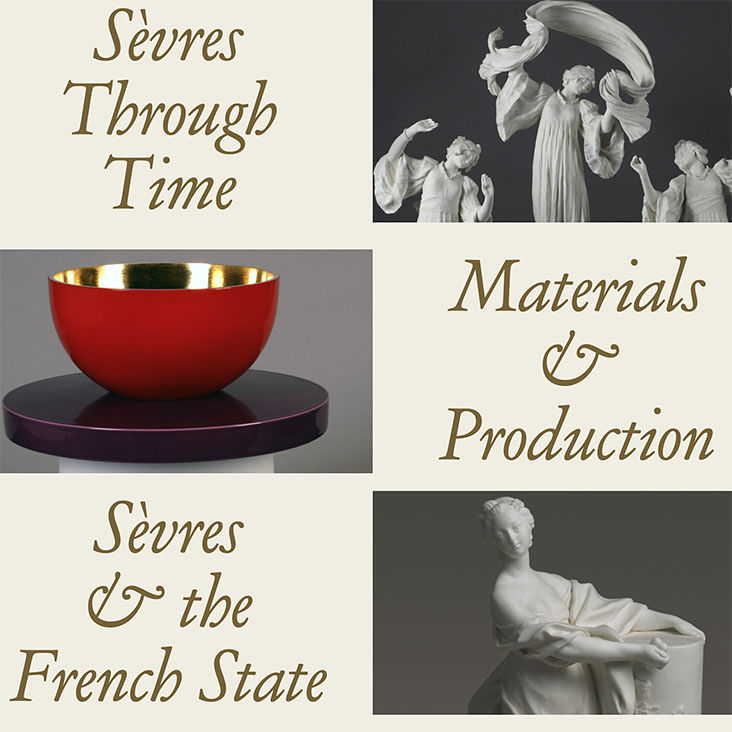From the Exhibition:
Carrying Coca: 1,500 Years of Andean Chuspas
Now part of the permanent South American archaeological collections of the American Museum of Natural History (AMNH), this ceramic vessel depicting a figure chewing coca leaves was crafted on the north coast of Peru between the twelfth and the fifteenth centuries.
Coca (Erythroxylum sp.) is a mild natural stimulant, which when consumed suppresses hunger, relieves the effects of high altitude, and alleviates various pains and sicknesses. Because coca leaves have a bitter grassy flavor, people usually add an alkali substance (normally powdered lime, ashes, or baking soda) when they chew them. The alkali acts as a sweetener and increases the potency of the leaves’ effects. As the leaves and alkali mix with saliva, a wad of chewed leaves is formed, creating a visible bulge in the chewer’s cheeks. Archaeological and paleo-botanic evidence indicates that humans first recognized coca’s physiological effects 7,000 years ago, and Andean people have routinely chewed its leaves ever since, particularly during arduous labor, such as agriculture and mining. Sharing and chewing coca are also important in social gatherings, when coca acts as a symbol of friendship and community, and in ceremonial practice, when it is offered to the earth (pachamama) and the mountain gods (apu).
The earliest known representations of chewing coca are modeled ceramic vessels from the Valdivia culture found in Ecuador about 1600 BC. Later examples include those found in Moche (AD 1–550), assemblages from the north coast of Peru and Tiwanaku (AD 600–1000), and vessels from Bolivia and southern Peru. Inca craftsmen also produced miniature gold and silver anthropomorphic figurines with bulges in their cheeks. Bulges also commonly appear in a range of media as common representations of coca chewing in pre-Hispanic Andean art.
The AMNH’s Chimu/Inca jar is part of this enduring artistic tradition. Until it was conquered by the Inca Empire about AD 1470, Chimu was the second largest native state in South America. It developed about AD 900 and later expanded to cover more than 620 miles (1000 km) of the Pacific coast of Peru. Covering five square miles (8 km2) and home to approximately 30,000 people, the Chimu capital, Chan Chan, was one of the largest pre-Hispanic settlements in South America. The city is best known for its elaborate citadels, where Chimu royalty lived in elaborate palaces, but it also included numerous artisan workshops in which craft specialists produced elaborate textiles, gold, silver, wooden objects, and ceramic vessels. Although this jar lacks secure provenance information to indicate exactly where and when it was made, it displays many traits of Chimu ceramics: it is gray-ware and was made from a mold. The nose and ears of the figure protrude, and it wears a headdress decorated with geometric designs incised in the clay. As is typical of Chimu anthropomorphic images, the figure’s almond-shaped eyes lack eyeballs, revealing little concern for a lifelike representation.
The jar was accessioned by the American Museum of Natural History in 1901, when the museum purchased a collection of more than 2,000 South American textiles, ceramics, and gold and silver artifacts from Eduardo Gaffron, an eye doctor who practiced in Lima. Letters between Gaffron and museum administrators reveal a drawn-out sale, in which Gaffron threatened to sell the collection to a museum in Berlin if the AMNH paid less than his asking price of $10,000. F.W. Putnam, Curator of Anthropology at the AMNH, was particularly eager to obtain the Gaffron’s collection, noting that it was “of an exceptional character, inasmuch as the specimens are all choice representatives of the arts of the ancient Peruvians. … [They] will fill the cases of the South American Gallery to overflowing, and will add immensely to the importance of the exhibit from Peru.”
Timothy Plowman, “The Origin, Evolution, and Diffusion of Coca, Erythroxylum spp, in South and Central America,” in Pre-Columbian Plant Migration, ed. D. Stone (Cambridge, MA: Peabody Museum of Archaeology and Ethnology, 1984), 156.
Catherine Allen, The Hold Life Has: Coca and Cultural Identity in an Andean Community (Washington, DC: Smithsonian Institution Press, 1988).
Carol Mackey, “Chimu Statecraft in the Provinces,” in Andean Civilization: A Tribute to Michael E. Moseley, eds. Joyce Marcus and Patrick Ryan Williams (Los Angeles: Cotsen Institute of Archaeology Press, 2009), 325.
Rebecca Stone Miller, Art of the Andes from Chavín to Inca (London: Thames and Hudson, 1995), 175.
Letter dated April 22, 1901, from F.W. Putnam, Curator of Anthropology, to President of the AMNH. Anthropology Archives, AMNH.











